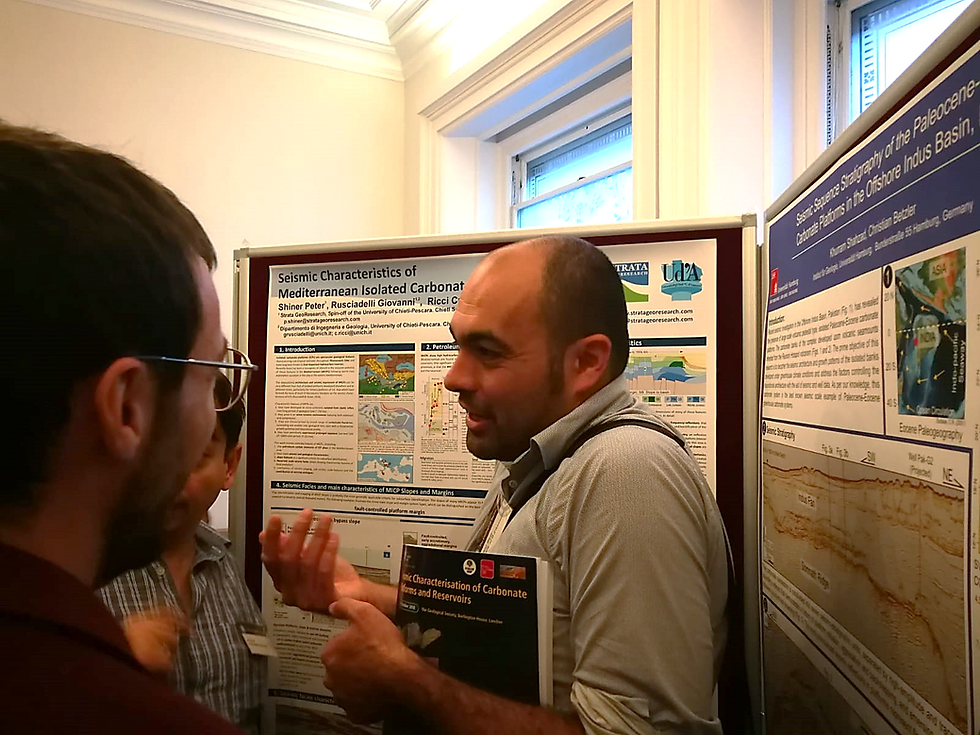A field-seminar on seismic and sequence stratigraphy of carbonate systems
- vecchiap
- Mar 12, 2018
- 1 min read

Seismic and Sequence stratigraphy techniques provide an in-depth understanding of regional geology and evolution of passive continental margins. This 5 days field seminar focuses on the application of seismic and sequence stratigraphy to improve stratigraphic prediction and basin evaluation in carbonate systems.
The Mesozoic carbonates of the Parnassus Mt., in the external Hellenides (Central Greece) are a spectacular, well-preserved example of a platform-to-basin system, providing a perfect opportunity to apply seismic and sequence stratigraphy to the basin analysis; here we illustrate and discuss the key elements required for the subdivision of the basin fill into depositional sequences and practise the procedures to develop play concepts.
The field seminar provides a practical and high-quality training experience with a problem solving approach, to maximise the transfer of information from the outcrops to the sub-surface. The approach follows a three-step procedure:
Step 1: Identify megasequence boundaries and subdivide the sedimentary record into major stratigraphic units that form the building blocks of basin analysis;
Step 2: reconstruct the internal architecture of a megasequence through the interpretation of geometries and the identification of facies lithology attributes;
Step 3: subdivide megasequences into higher order sequences and build a geological model to develop play concepts.
The field seminar is designed for:
different skill levels, from early-career to experienced geoscientists;
both project geoscientists needing just-in-time familiarization with carbonate systems and carbonate specialists working with complex problems.
In the next three posts we will present more in detail the procedure used during the field seminar and the outcrops of the Parnassus Mt.
Visit us at www.stratageoresearch.com and contact us at info@stratageoresearch.com.




Comments